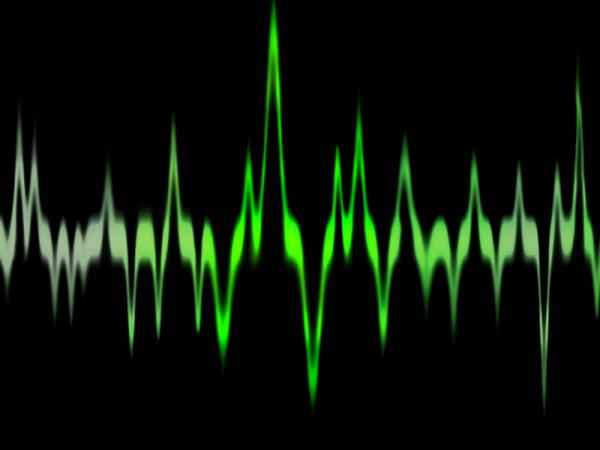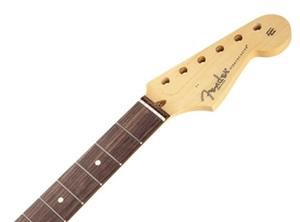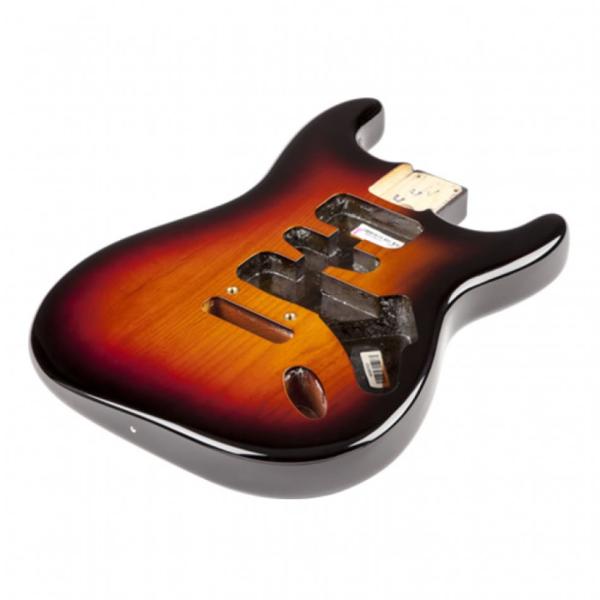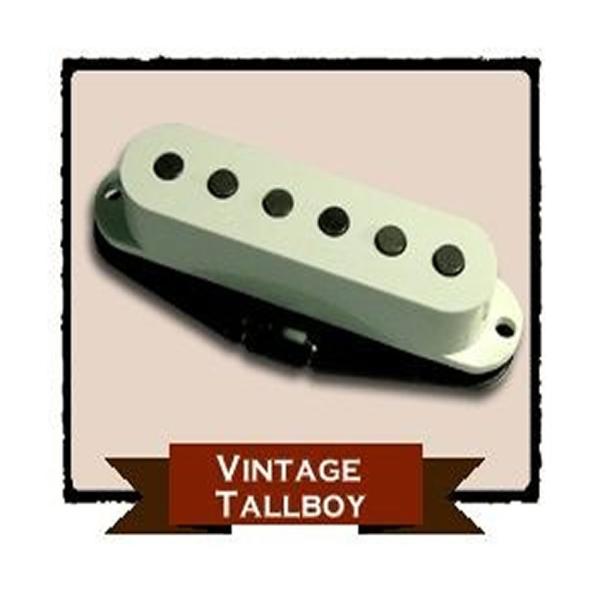Language
tips
-
Tech Tips: Bit Depth and Sample Rates
[caption id="attachment_2573" align="alignright" width="300"] TASCAM DP-03SD 8 Channel Multi-Track Recorder @ $279.99[/caption]
Today’s audio interfaces and music creation software can work with a good selection of bit depths and sampling rates so for those who are not familiar with how they work, it can be downright confusing selecting which to use in a recording.
The key device used in digital recording is called an Analog to Digital Converter – or ADC. The ADC is responsible for taking the electrical voltage of an audio line and converting it to a digital number than can be understood by a computer. By capturing a snapshot of the voltage thousands of times per second, you can get a very good recreation of the original audio signal. Continue reading →
TASCAM DP-03SD 8 Channel Multi-Track Recorder @ $279.99[/caption]
Today’s audio interfaces and music creation software can work with a good selection of bit depths and sampling rates so for those who are not familiar with how they work, it can be downright confusing selecting which to use in a recording.
The key device used in digital recording is called an Analog to Digital Converter – or ADC. The ADC is responsible for taking the electrical voltage of an audio line and converting it to a digital number than can be understood by a computer. By capturing a snapshot of the voltage thousands of times per second, you can get a very good recreation of the original audio signal. Continue reading → -
Truss Rod Adjustment for Fender Electrics
[caption id="attachment_2446" align="alignright" width="321"]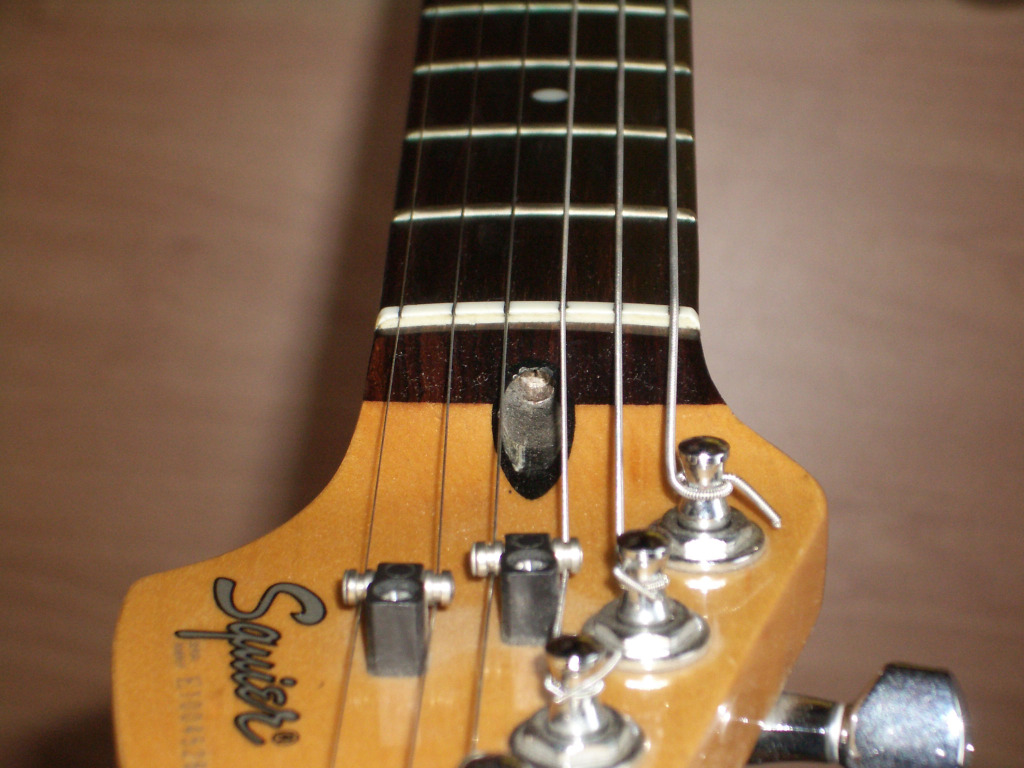 Truss rod adjustment bolt visible from the side of headstock on this particular model.[/caption]
Having trouble with your guitar's action? Are your strings too far or too close to your frets? Sounds like its time for a truss rod adjustment! Let our good friends at Fender take you through the steps of truss rod adjustment and get the most out of your electric! Continue reading →
Truss rod adjustment bolt visible from the side of headstock on this particular model.[/caption]
Having trouble with your guitar's action? Are your strings too far or too close to your frets? Sounds like its time for a truss rod adjustment! Let our good friends at Fender take you through the steps of truss rod adjustment and get the most out of your electric! Continue reading → -
Electric Guitar Body Types and Tone
[caption id="attachment_2426" align="alignright" width="320"] Fender's Telecaster Electric features one of the most enduring and replicated single-body designs ever created.[/caption]
Essentially, there are three main types of bodies when you’re talking about electric guitars. Aside from a few exotic hybrids, you have your hollow bodies, semi-hollow bodies and your solid bodies. Among the biggest factors associated with the body’s inherent tone has to do with how they handle resonance (which basically means how they handle the sound bouncing around inside of their body). Each come with general tonal qualities along with some inherent pros and cons so if you're in the market for a very specific sound, knowing what guitar body works for you is the best place to start!
Continue reading →
Fender's Telecaster Electric features one of the most enduring and replicated single-body designs ever created.[/caption]
Essentially, there are three main types of bodies when you’re talking about electric guitars. Aside from a few exotic hybrids, you have your hollow bodies, semi-hollow bodies and your solid bodies. Among the biggest factors associated with the body’s inherent tone has to do with how they handle resonance (which basically means how they handle the sound bouncing around inside of their body). Each come with general tonal qualities along with some inherent pros and cons so if you're in the market for a very specific sound, knowing what guitar body works for you is the best place to start!
Continue reading → -
Factors that Affect a Pickup's Tone - Part 2
[caption id="attachment_2245" align="alignright" width="300"] ProAudioLand offers a wide selection of electric guitar and bass pickups including single-coil, humbucker, soapbar, Jazz bass, P-bass and more, we've got you covered![/caption]
Today we continue our feature on dissecting the factors that contribute to the tone of a pickup. Make sure to to check out Factors that Affect a Pickups Tone -- Part 1 if you haven't done so already. We previously discussed how coil size and thickness relate to the tone of a pickup as well as how pairing two pickups with wires wound in opposing directions can be used to cancel out hum. Now we're going to take a look at high-output pickups, magnets and the tone they deliver.
Continue reading →
ProAudioLand offers a wide selection of electric guitar and bass pickups including single-coil, humbucker, soapbar, Jazz bass, P-bass and more, we've got you covered![/caption]
Today we continue our feature on dissecting the factors that contribute to the tone of a pickup. Make sure to to check out Factors that Affect a Pickups Tone -- Part 1 if you haven't done so already. We previously discussed how coil size and thickness relate to the tone of a pickup as well as how pairing two pickups with wires wound in opposing directions can be used to cancel out hum. Now we're going to take a look at high-output pickups, magnets and the tone they deliver.
Continue reading → -
Guitar Bridges: Tremolo Versus Non-Tremolo
An original Floyd Rose locking-tremolo bridge. There’s a lot that goes into choosing the perfect electric guitar. While brand, pickup and body type might be on most musician’s minds, an electric guitar’s bridge is just as important. Effectively, there are two main types of bridges that you’ll have to choose from; the non-tremolo bridges and the tremolo variety. For those...

